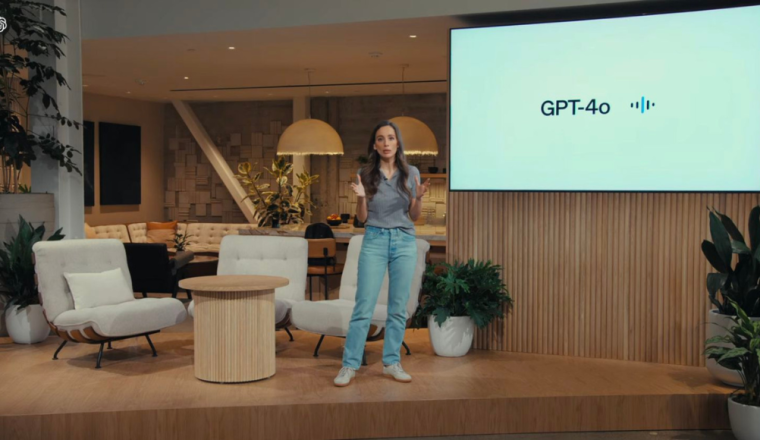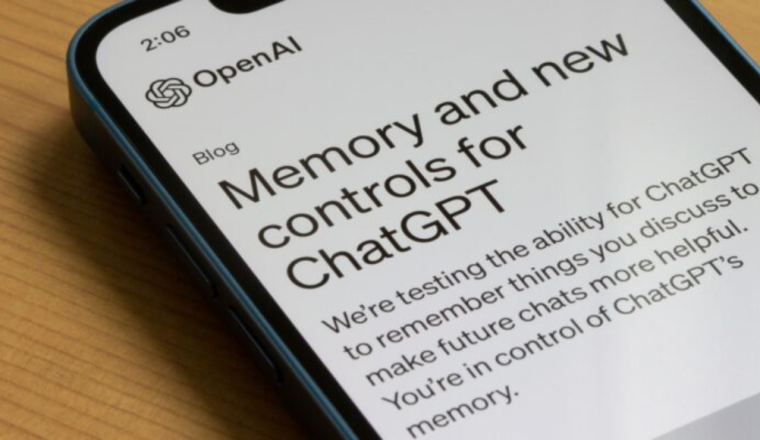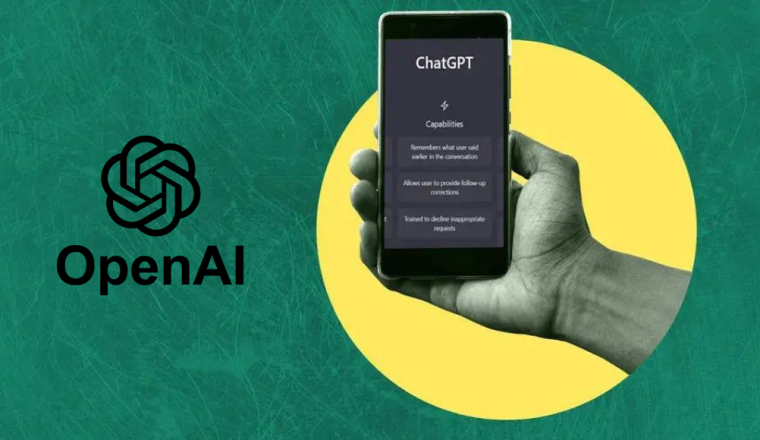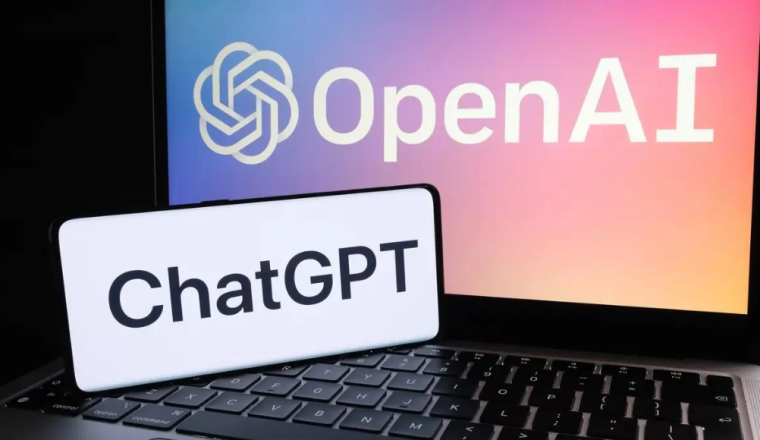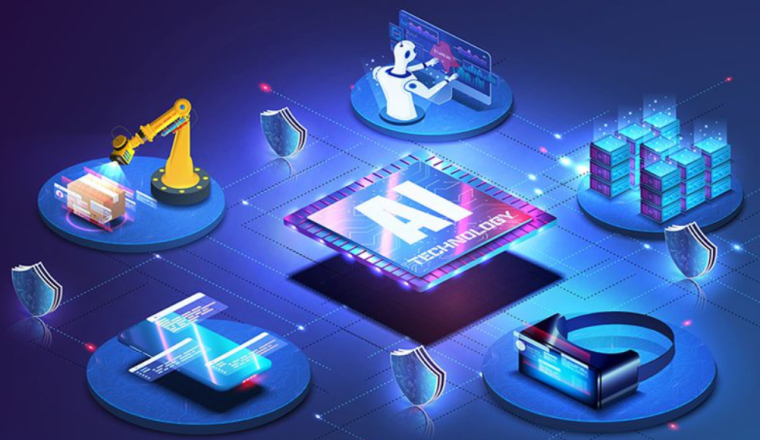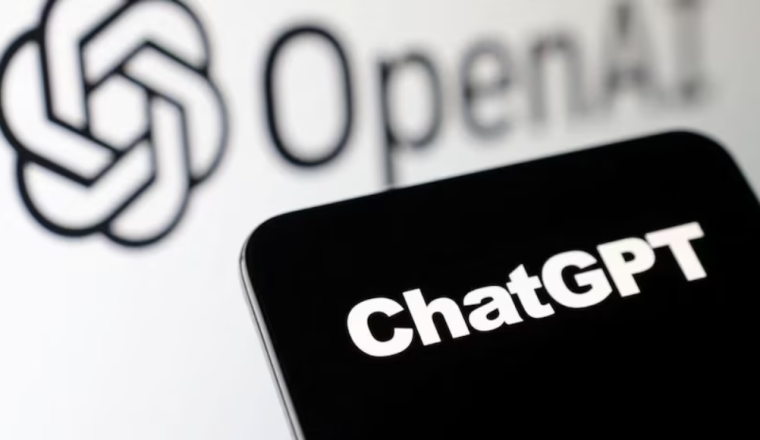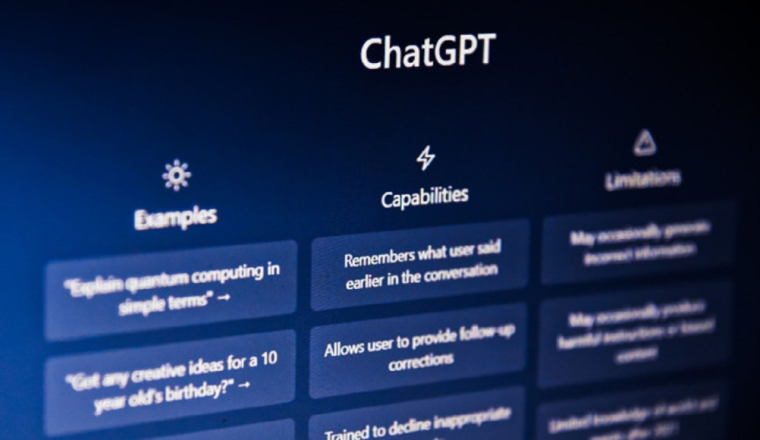GPT-4o: OpenAI’s Latest Breakthrough in AI Technology
At the recent Spring Updates event, OpenAI’s Chief Technology Officer, Mira Murati, unveiled the latest breakthrough in AI technology – the GPT-4o multimodal foundation model. This innovative model, along with the introduction of the ChatGPT desktop app, marks a significant milestone for both free and paid users.
The Power of GPT-4o: Voice, Text, and Vision Integration
“It reasons across voice, text, and vision,” Murati exclaimed, highlighting the versatility of this new model. Notably, users will soon be able to capture real-time video through their ChatGPT smartphone apps, expanding the capabilities beyond text-based interactions.
Democratizing AI: Access for All Users
OpenAI aims to demystify AI technology by making it accessible to all users. With the release of GPT-4o, free users will no longer be limited to text-only interactions but will have access to powerful image and document analysis capabilities.
Rollout Plan: From Plus to Enterprise Users
While GPT-4o will eventually be available to all ChatGPT users, the rollout will begin with paying subscribers. Plus and Team users will enjoy increased message limits, with availability for Enterprise users on the horizon.
Real-Time Responses and Emotion Detection
One of the most exciting features of GPT-4o is its ability to respond in real-time across audio inputs, detect emotions, and adjust its voice accordingly. This functionality brings a new level of naturalism to AI interactions, similar to rival AI startup Hume.
Pricing and Performance: Enhanced Efficiency
In terms of pricing and performance, It offers compelling advantages. With half the price and double the speed of GPT-4 Turbo, along with increased rate limits, developers can expect a more efficient AI solution.
Embracing Innovation: User Adoption and Expectations
With over 100 million ChatGPT users and a thriving ecosystem of custom GPTs in the GPT Store, OpenAI is poised to revolutionize AI interactions. The recent confirmation that the mysterious “gpt2-chatbot” is indeed GPT-4o underscores the anticipation surrounding this new technology.
Conclusion: A New Era of AI Interaction
Despite some minor hiccups during live demos, the future looks promising for GPT-4o and the ChatGPT ecosystem. As users anticipate its widespread availability, the question remains: will GPT-4o redefine AI interactions and set a new standard for naturalistic experiences? Only time will tell.



